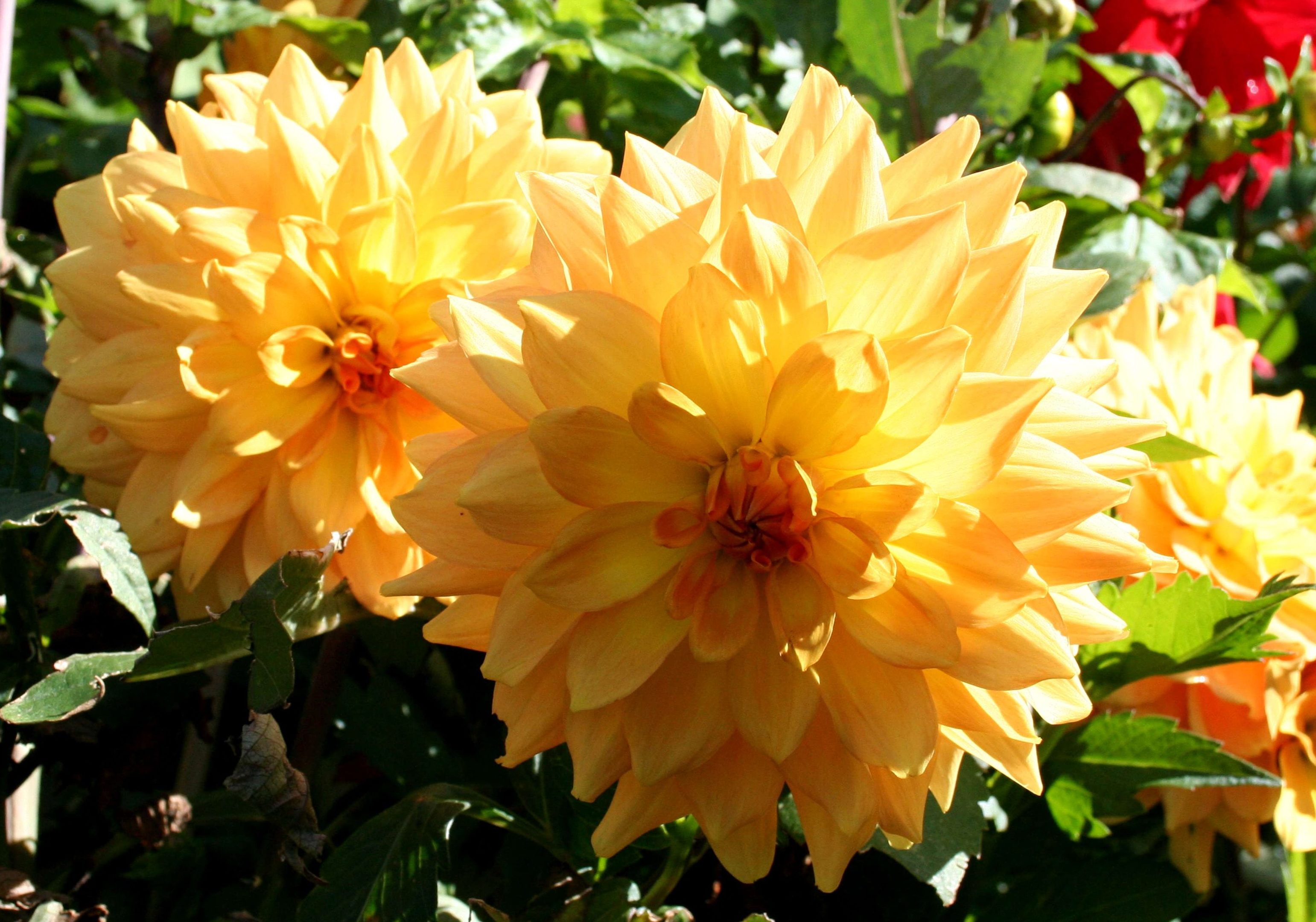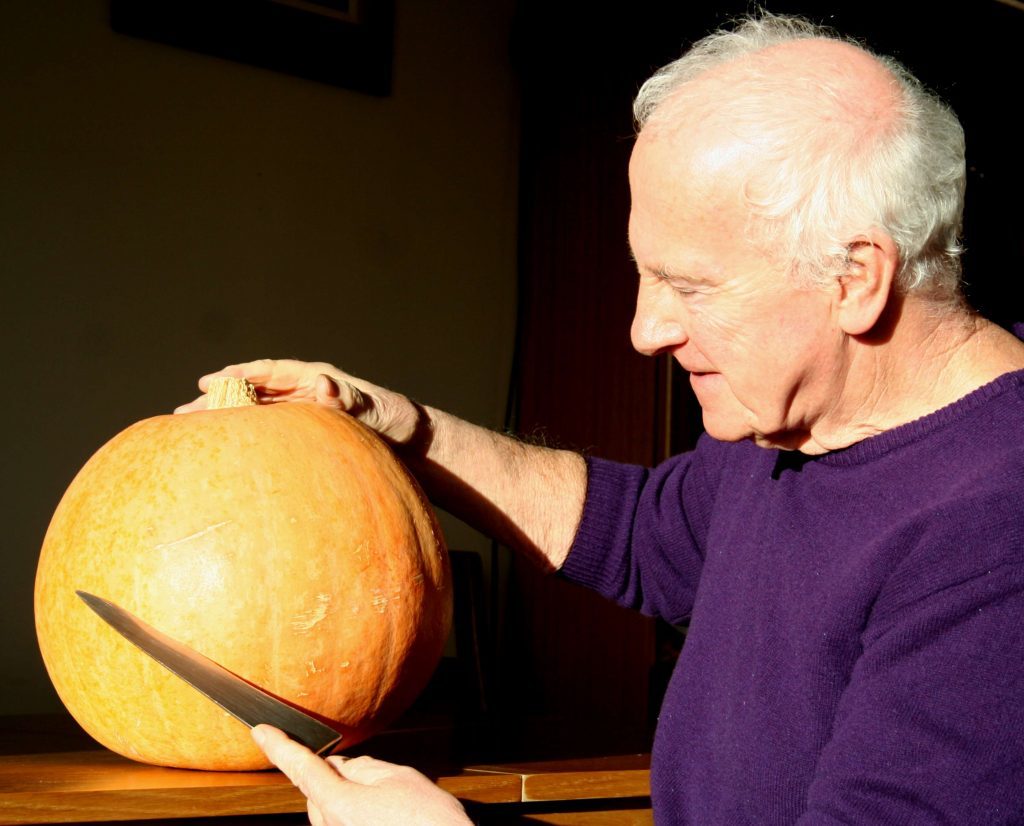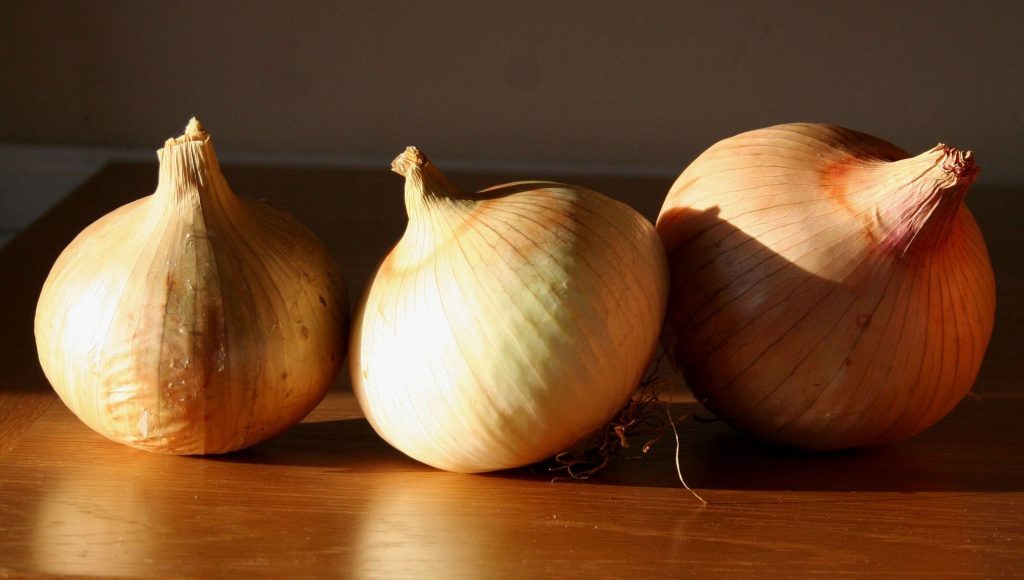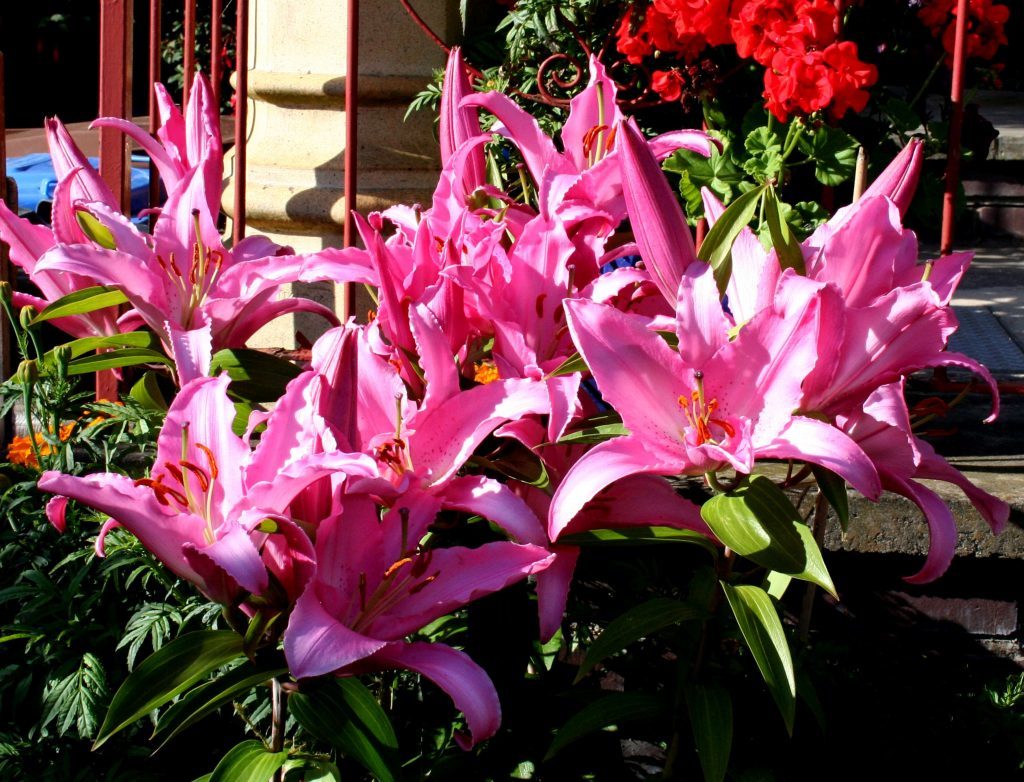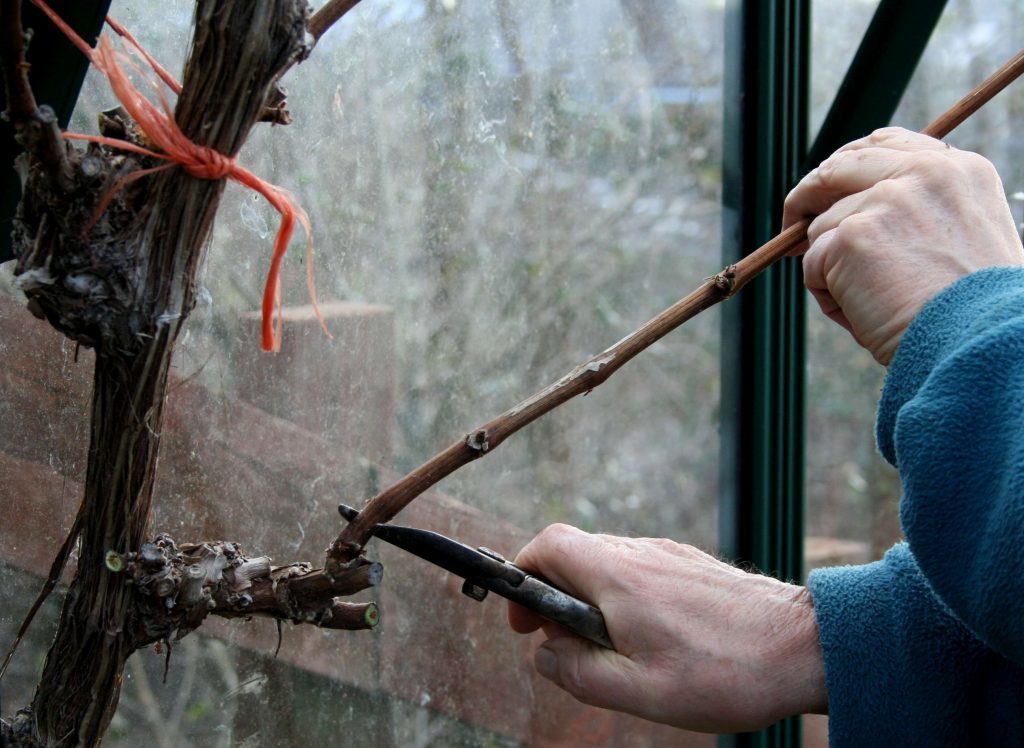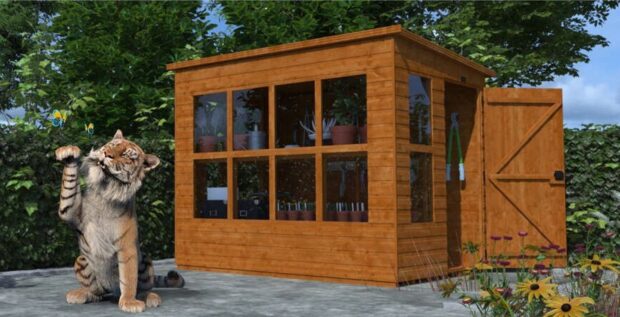Gardeners have always loved to rise to the challenge of getting the biggest plant possible.
Once you have mastered the techniques of getting good crops many like to take it a wee bit further and then size does matter.
Once it gets under your skin and results come in, the dedicated gardeners like to take their produce to the shows in open competition.
However for most of us we are happy to grow a huge pumpkin or a very tall sunflower.
These are the simple pleasures we use to get our young kids involved in a bit of gardening.
With most plants it is simply a matter of dedication and attention to detail so each type can grow in a lavish world where everything it wants is laid on.
Start with well prepared soil, with good drainage and plenty well rotted compost added, adding extra fertiliser depending on plant then give irrigation as necessary and weekly feeding for the roots.
Pests and diseases and weeds are not allowed so keep an eye on them and take action immediately.
Pumpkins and courgettes respond to maximum feeding, watering and pruning of excessive young shoots.
You also need to start with a variety that likes to grow huge like Hundredweight or Atlantic Giant Pumpkin. Start them early in a greenhouse to give them a long growing season then allow plenty of space to grow but do not take too many fruits from each plant.
Onions are another favourite that need rich soil, feeding plenty of room and a long growing season, starting off with a good variety like Kelsae.
Most gardeners would be very happy with outdoor grown large onions, but if you compete at shows then most likely the onions will be grown in pots or special beds in a greenhouse or tunnel.
Avoid over watering as onions are very prone to white rot.
To grow giant leeks is not easy as the techniques are kept closely guarded secrets, especially feeding and strains of exhibition varieties are often handed down from father to son.
Germination is usually from an autumn sowing and plants potted up gradually in ever richer soil.
They can grow outdoors but many prefer glasshouse or tunnel protection for better results.
Cabbage, cauliflower, Swedes and other vegetables all follow similar growing styles.
Potatoes are another favourite when going for size and the variety Amour will get you off to a good start. It has huge tubers for the show bench as well as a cracking baked potato.
Flowers are a different story when seeking a large head as some respond to rich soil with feeding such as sunflowers and dahlias, but others such as carnations, iris and lilies do not need rich soil, but good soil structure and free drainage is essential.
Chrysanthemums and dahlias for exhibition or just for large heads require selecting the best varieties, growing them strongly and only growing one or two heads per plant so all the plants energy is concentrated in growing a large flower.
Sweet Peas grown for size are usually grown as single stem cordons.
Ground preparation is essential, so select a site with very fertile soil and enhance this by taking out a trench in autumn and forking in compost or well rotted manure into the bottom.
Leave this over winter but back fill with good soil ahead of planting in early spring.
Seeds are sown in the greenhouse in autumn and grown on.
Young plants are tipped after a few leaves then the strongest shoot is retained. Use six foot tall canes to support the cordons removing all side shoots and tendrils. Liquid feed weekly.
Wee jobs to do this week
Grape vines grown both indoors and outdoors are best pruned between December and the end of January otherwise they are liable to bleed as the sap rises quite early in the season.
Under glass they are grown as upright rods spaced about 18 inches apart and 6 feet tall.
All sideshoots are cut back to one or two buds.
This system is also fine outdoors, or grown with a fan shaped permanent framework as long branches are given ample space.
Again all shoots are cut back to a couple of buds.
Commercially vines are grown on the Guyot system of pruning where fruiting laterals are only kept for one year then replaced.
There are some excellent You Tube videos on this technique.
